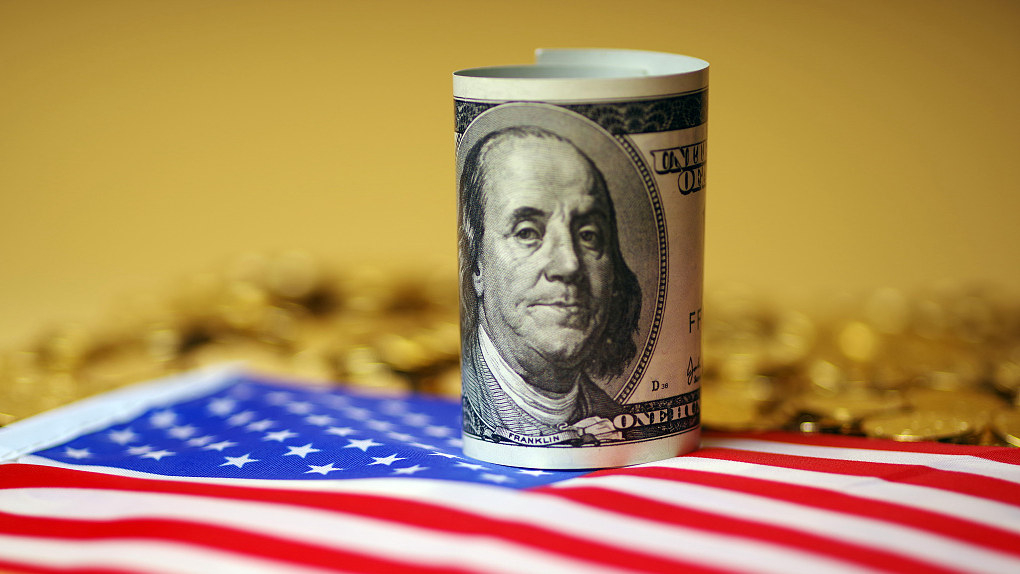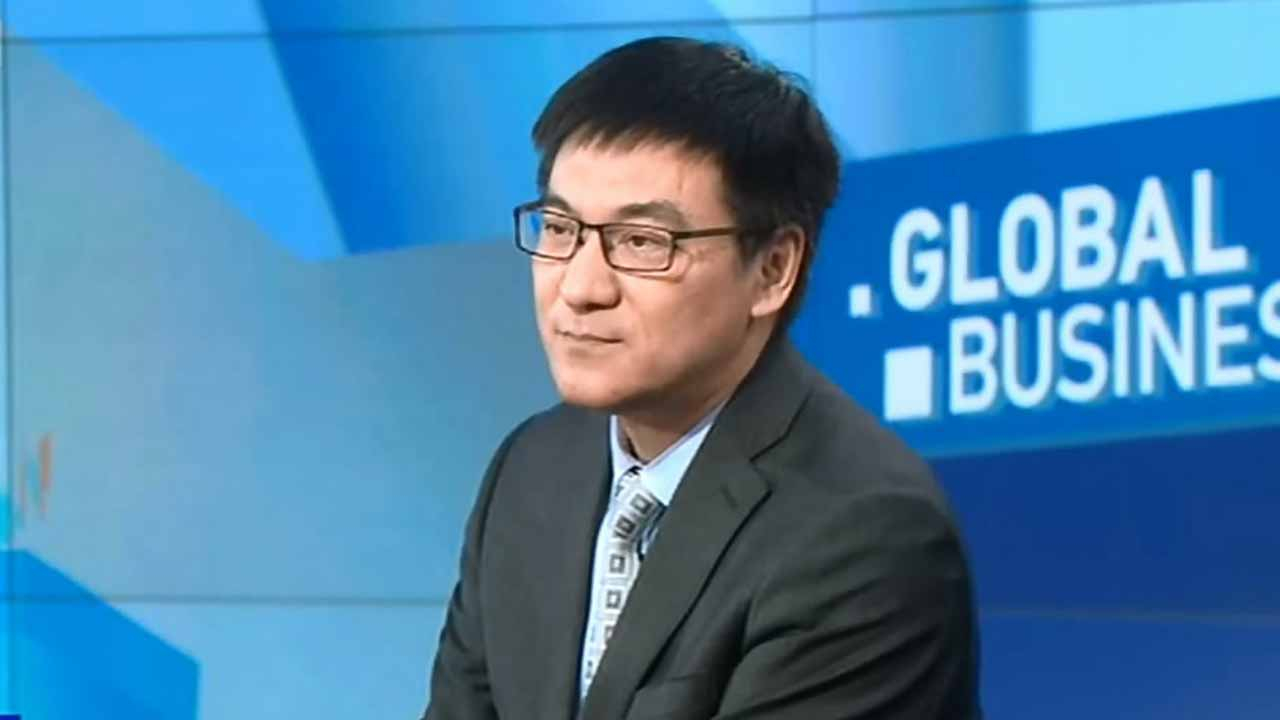

Prominent central bankers, finance ministers, academics, and financial experts from around the world are gathered in western American city, Jackson Hole, Wyoming, to attend the annual global central banks meeting, or the so-called Jackson Hole Symposium.
One of the highlights this year is to hear a speech by the U.S. Federal Reserve Chair Jerome Powell later Friday. The speech will be Powell's first public remarks since the Fed cut interest rates for the first time in over a decade.
The Fed's rate cut on July 31 left many investors expecting another at the central bank's next policy meeting in mid-September. Therefore, the market is waiting to see if the chair’s first speech could provide some clues on whether the second rate cut will take place this year.
CME's FedWatch Tool is pricing in a 100-percent chance of the second rate cut. Dallas Fed President Robert Kaplan said he was open-minded concerning a rate cut.
However, Kansas City Fed President Esther George and Philadelphia Fed President Patrick Harker said on the sidelines of the symposium that they see no need to lower borrowing costs next month. And both said the U.S. economy does not need more stimulus.

"A rate cut is warranted if the economy is heading to a recession," argued Professor John Gong from the University of International Business and Economics, adding that the economy is slowing down but has not entered recession yet.
"However, the market is prepared for that," he continued, adding that "the market’s expectation is that there will be three more rate cuts towards the end of year. So I think what Powell is going to say is to set the tone on where the Fed will move on for the rest of the year.”
Gong predicts that the Fed Chair will indicate "the high probability" of Fed’s rate cuts rather than promise any cut directly.
The world's currency markets have been driven by global central banks' shifts to more accommodative policy settings in recent months. That's as demand slows and trade disputes intensify.
The shift in central bank monetary policy direction during the last six months hasn’t been this dramatic in a decade, according to MarketWatch. According to a Fitch report, last December, 52 percent of 38 surveyed central banks were actually in a monetary policy tightening phase and only three percent were easing.
Then it found that now more than a third of them have loosened monetary policy in the past six months. Some analysts discussed monetary policy effectiveness amid deterioration in global growth prospects. Populism is on the rise and the public is looking for policymakers to tackle inequality.

Copyright © 2018 CGTN. Beijing ICP prepared NO.16065310-3
Copyright © 2018 CGTN. Beijing ICP prepared NO.16065310-3